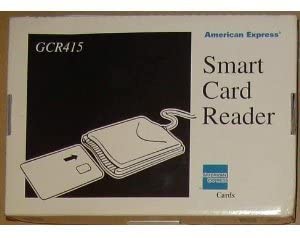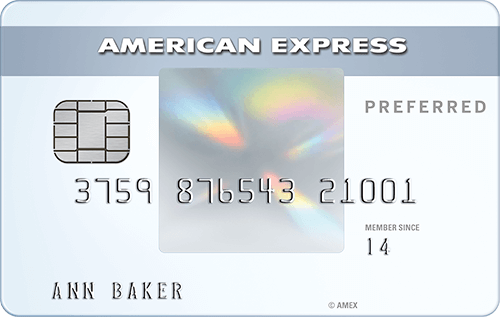American Express offers many cards in the “Blue” product line. There’s the Blue Business Plus, which is the best no-annual-fee business card that earns Membership Rewards points. There are also the Blue Cash Everyday and Preferred cards, which are both solid cash-back cards.
Back in the beginning, there was only one AMEX Blue card and it was way ahead of its time.
Flashback to 1999 when AMEX was starting to offer credit cards instead of the charge cards the company was known for. They launched the Blue Card, which was targeted at people who bought things from the internet. At the time, Amazon.com had only launched 5 years before and was still focused on selling books and CDs.
Online shopping was in its infancy and people didn’t want to give their credit number to any website. The AMEX Blue card tried to alleviate those fears.
Yes, the AMEX Blue card had an EMV chip back in 1999. This was so unheard of in the US that AMEX had to produce the card in Europe, where the technology started. As a perk of membership, AMEX offered to send cardholders an EMV reader they could connect to their computer via serial connection to make secure online transactions.

Imagine, they sent you a smart card reader in 1999.
While it was cool to have a clear card where you could see all of the circuitry needed to make the magic possible, back at the turn of the century, now it’s just annoying. Have you tried reading a silver-embedded account number on a clear card with a blue insert? I have the same problem with the AMEX Everyday Preferred, where the middle of the card is silver, not blue.

AMEX has discontinued the clear card design for the Blue cards and has instead adopted a solid blue card.
As the saying goes, “All good things must come to an end.” We will miss the clear card and technological advances of the AMEX Blue card of the 2000s, but its time has come and gone. Let’s take a moment to remember the important role the AMEX Blue card played in transitioning the US credit card market from the era of carbon copy receipts to the modern age.
Want to comment on this post? Great! Read this first to help ensure it gets approved.
Want to sponsor a post, write something for Your Mileage May Vary, or put ads on our site? Click here for more info.
Like this post? Please share it! We have plenty more just like it and would love it if you decided to hang around and sign up to get emailed notifications of when we post.
Whether you’ve read our articles before or this is the first time you’re stopping by, we’re really glad you’re here and hope you come back to visit again!
This post first appeared on Your Mileage May Vary

4 comments
I remember seeing a magazine ad for that striking clear card and immediately wanting one just for the design. But when I got it is was grey/blue and not transparent. Apparently there was an issue with the transparent cards having trouble being inserted into ATMs – you know for those few people who want to take cash advances. Visa also issued Smart Visas and offered USB smart card readers. Amex used serial connectors.
I got this card when it was introduced because of the super cool clear card design! I cancelled it when it arrived and it was more of a pearly white. When the Blue Cash card came out, I was able to sign back up (no sign-up bonuses for any of these cards). However, I have to thank Amex for the ~$2000/year in income per Blue Cash card that I got through MS.
My old AMEX Blue had “Yahoo!” on the back for some reasons
Early Amex Delta cards were also clear to partly clear. Also Amex introduced credit cards with the “Optima” CC in 1987. One had to have a Green, Gold, or Platinum cards, to get a corresponding colored Optima CC. I had an Optima CC. the interest rate was low for for quite awhile. Now the Amex Optima card is a product for people who have poor credit.